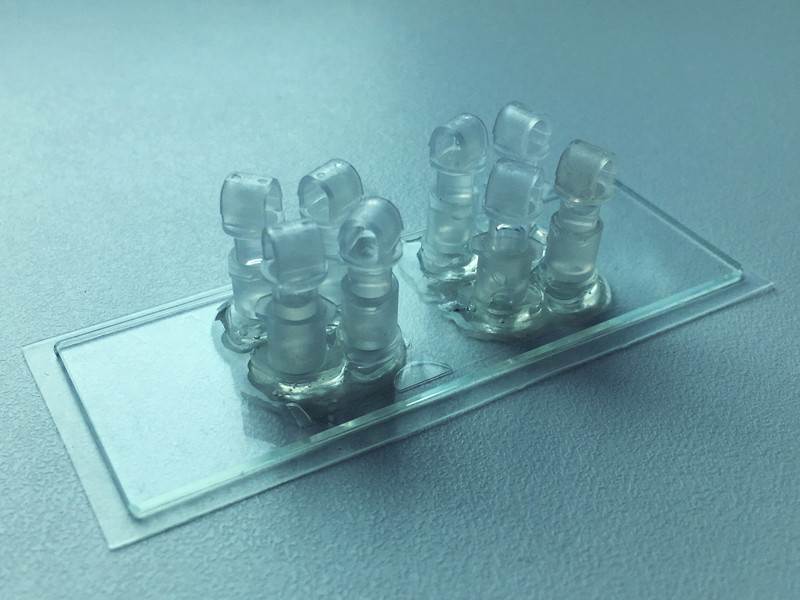It’s hard to believe but there are still certain aspects of our biology which researchers don’t fully understand. One such example is how the placenta exchanges certain substances between mother and baby and blocks others.
This transfer is apparently extremely difficult to monitor and conduct research on. So, researchers from TU Wien in Vienna, Austria had to come up with another way to find out what they need to know.
They used a high-resolution 3D printing process to create an artificial placental model in the hope that they’ll learn exactly what the permeability of the placenta relies on.
Prof. Aleksandr Ovsianikov of the Institute of Materials Science and Technology at TU Wien, said: “The transport of substances through biological membranes plays an important role in various areas of medicine… These include the blood-brain barrier, ingestion of food in the stomach and intestine, and also the placenta.”

How to 3D Print an Organ-on-a-chip
The researchers used a “femtosecond laser-based 3D printing process” which was specially made for developing the artificial placenta model. They have been working on developing high-resolution 3D printing processes for many years.
This femtosecond laser-based process involves using materials which are solidified, as you might expect, with laser beams and has a resolution in the micrometer range.
When developing the placental model, the researchers produced “customized hydrogel membranes directly within microfluidic chips.” These chips are then populated with placenta cells.
The hydrogels have good biocompatibility which placenta cells then colonize and create a barrier similar to the natural organ.
Denise Mandt, who worked on the project as part of her thesis, further explains: “Our chip consists of two areas – one represents the foetus, the other the mother… We use a special 3D printing process to produce a partition between them – the artificial placenta membrane.”
The technology is being called “organ-on-a-chip” and could result in the eradication of animal testing in the future.
For now, the researchers will use their organ-on-a-chip to test nutrient transport between mother and fetus, but watch this space for future developments with the technology.
Source: TU Wien

License: The text of "TU Wien Researchers 3D Print Artificial Placental Barrier on a Chip" by All3DP is licensed under a Creative Commons Attribution 4.0 International License.